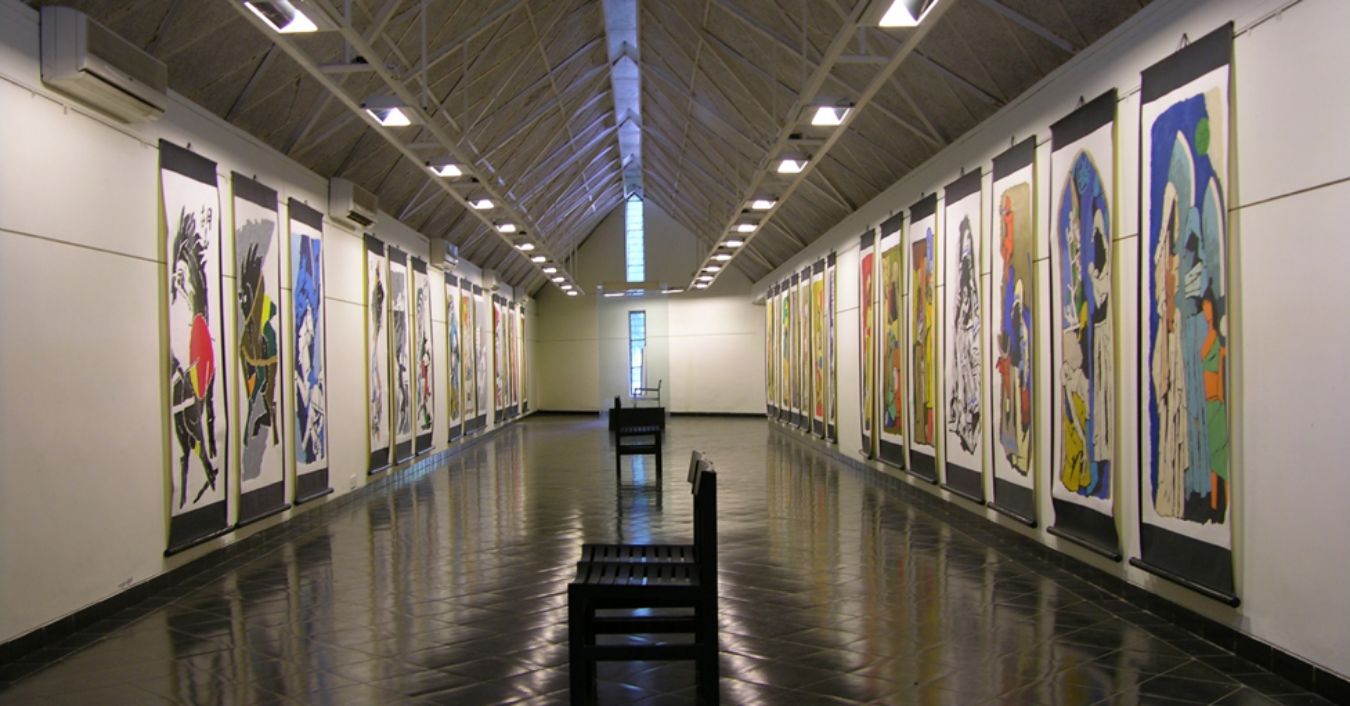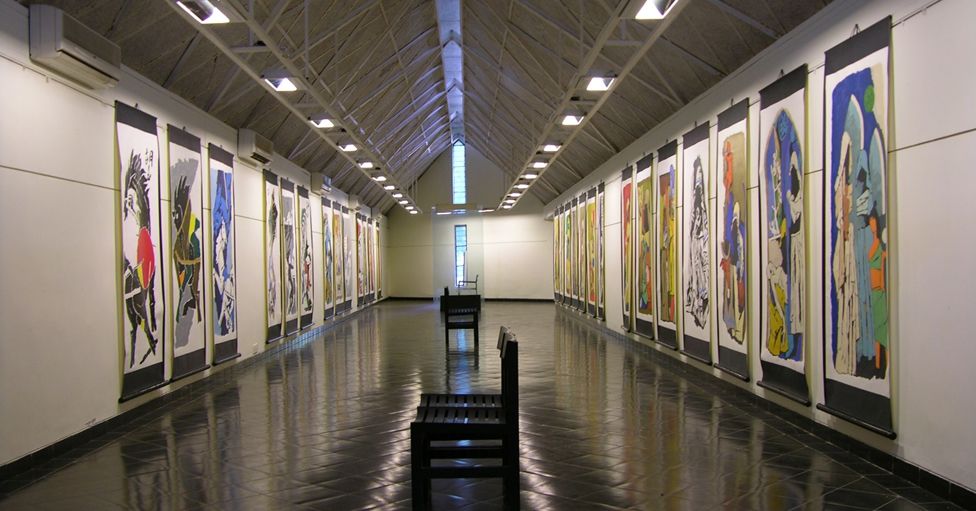For Husain the horses are an infinite visual resource, combining form, feeling and significance, always inviting, always exhilarating embodiment of cosmic energy. Growing up, he was captivated by the stories of Duldul, the mule owned by Prophet Muhammad and was later inspired by the equestrian sculpture of Maharaja Sayajirao in front of Baroda’s Public Garden.
| |
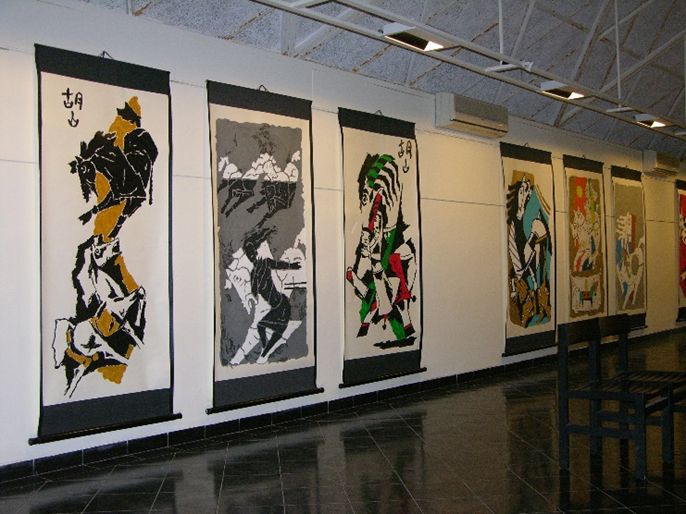 | 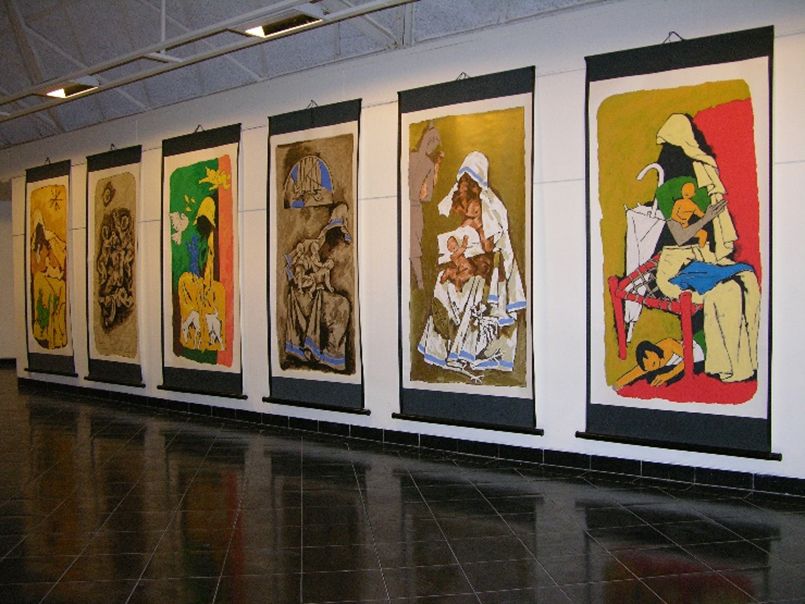 |
Around 1950 Husain painted Duldul, his first major work incorporating the horse. But the simple, stylized form of Duldul could not carry the full expressive force so vividly experienced in the swirl of devotion and prayer that took place around the actual image as it moved in procession through the city. Husain continued to reach for an idiom that would endow his horses with the vigour and character they held in his imagination.
As iconic as Husain’s horses are the scrolls by Husain. He studied horses and their form during his first visit abroad which was to China in 1952. He was invited to be a delegate to the World Peace Congress Beijing. He was looking forward to this visit to China to meet the masters, Xu Beihong and Qi Baishi. At Xu Beihong’s studio Husain saw a huge painting of multiple horses. These were filled with emotion and had motion in them. This stirred Husain so much so that he was inspired to paint his beloved subject on an even larger scale, erupting an even faster and vigorous motion.
After he came back, inspired by the philosophy and the techniques of the Chinese masters he had observed, he started to paint his iconic hoses, and dedicated the series of scrolls to these masters. The subject in these scrolls are Mother Teresa and Horses.
Horses: Xu Beihong ‘s greatest fame was as a painter of horses and while exploring the same, Husain experienced an inspirational awakening. Husain had found a way to transform the spiritual force of the Duldul horse of his childhood into an expensive form that would impart a new life to the horses of the canvases.
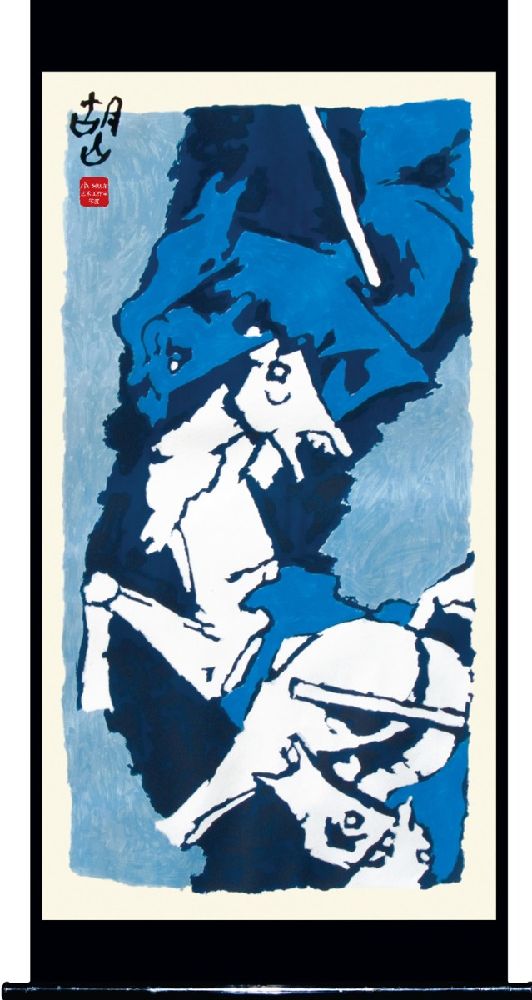
Horse – II | 84 x 40 inches | Serigraph in 17 colours on paper | 2006
Mother Teresa: Having lost his mother at a young age Husain always looked for a mother figure in his life. “As a child he roamed around on the streets of Bombay, looking for his mother and as an adult he looked for her in different cities and countries. It is a shame that in his last moments he was yearning for his mother land but his self-imposed exile stopped him from returning to Bharat Maa (Mother India)” said Anil Relia, art collector and close acquaintance of Husain.
Both Horses and Mother Teresa are compelling symbols, deeply embedded in Husain’s psyche and rooted in his childhood. Husain said in one of the interviews “Mother (Teresa) was a true reflection of humanity. Some of my works are also a tribute to her who quoted ‘Give until it hurts” he frequently quoted Mother Teresa as a symbol of the ethical possibility of compassion and altruism.
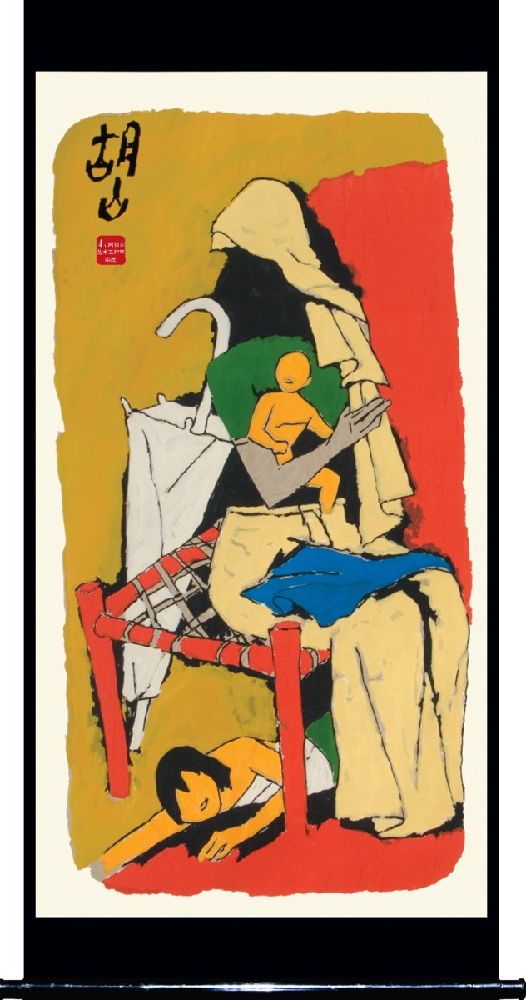
Mother - XIV | 84 x 40 inches | Serigraph in 16 colours on paper | 2007
He met Mother Teresa in 1979 at Delhi airport where she gave him an autograph, “God bless you” after which he followed her for over two decades in his paintings as if his own mother Zainab, who passed on when he was in the cradle. “Leaving me alone in the cradle, swinging is all there. With each swing, till today, I travel back and forth in search of my mother” Husain said. He depicts himself as the baby boy in several of these scrolls.
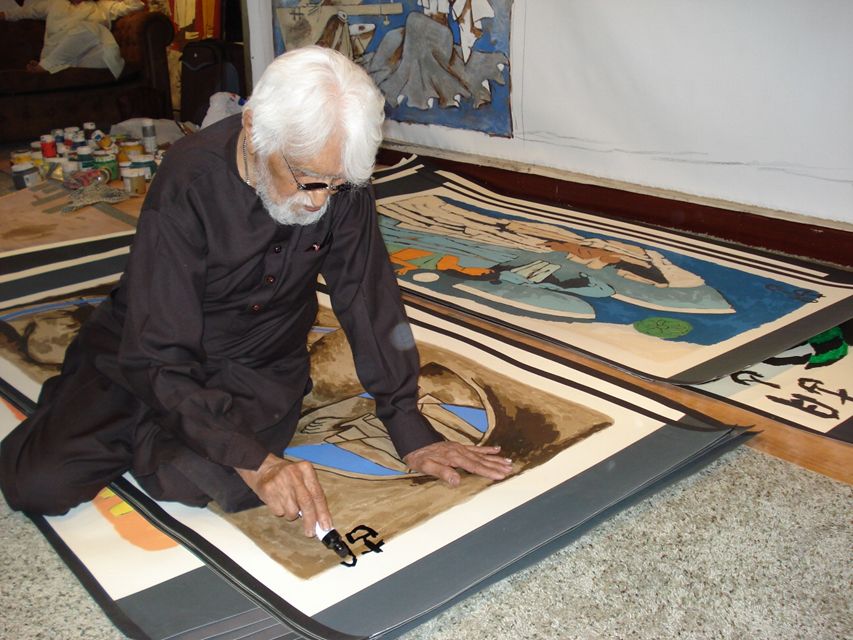
In these scrolls Mother Teresa is shown faceless depicting the emptiness the artist felt as he never saw his mother’s face, yet the visible silhouette is strong enough to portray a mothers’ strength as she gently caresses the young child (Husain) in her hands.
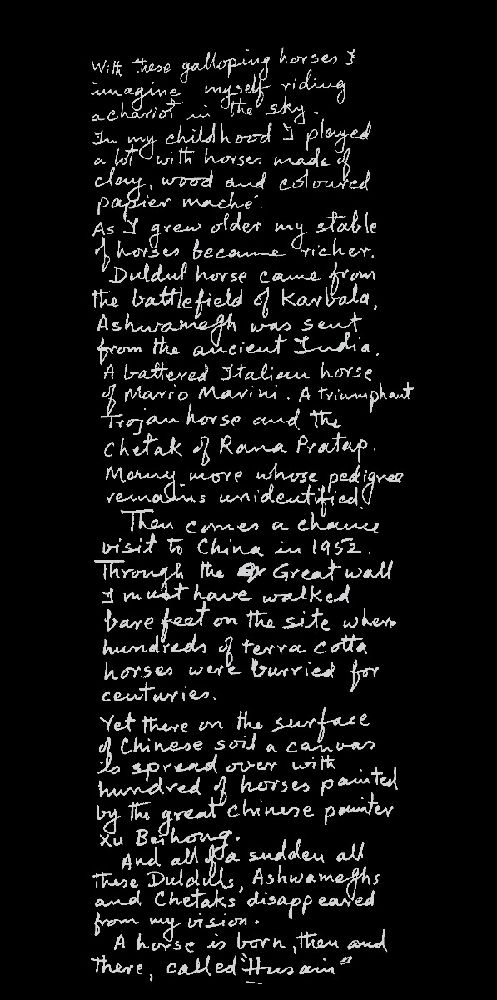 | 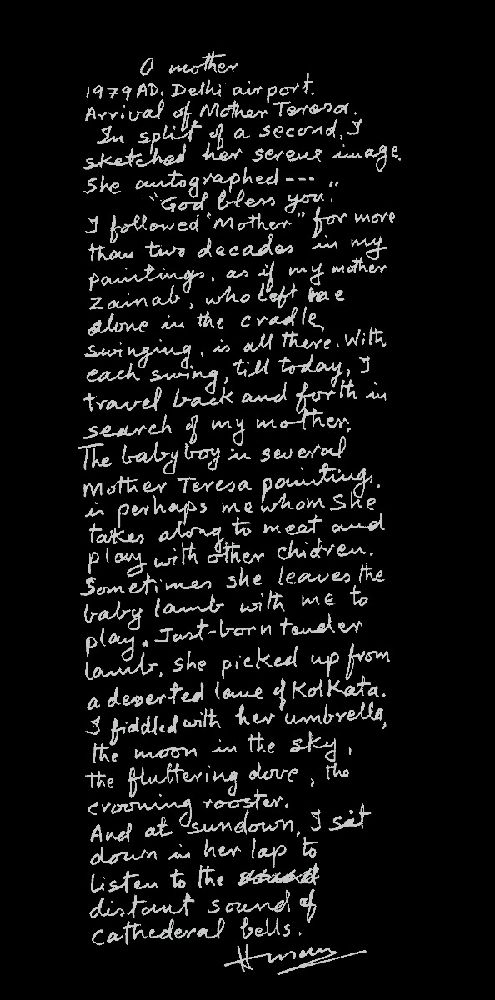 |
The Chinese Seal: Husain had signed his paintings in many languages over the years and these scrolls are no different. As these Chinese Scroll Series pays homage to his influential East Asian artists, he added his own signature in mandarin, and suggested Archer Graphic studio to add their seal, known as “Xi”, on the front. The Xi is traditionally used to officiate a document. The authentic seals are usually much smaller in size and so the impression of Xi is screen printed on the art work with the appropriate ratio.
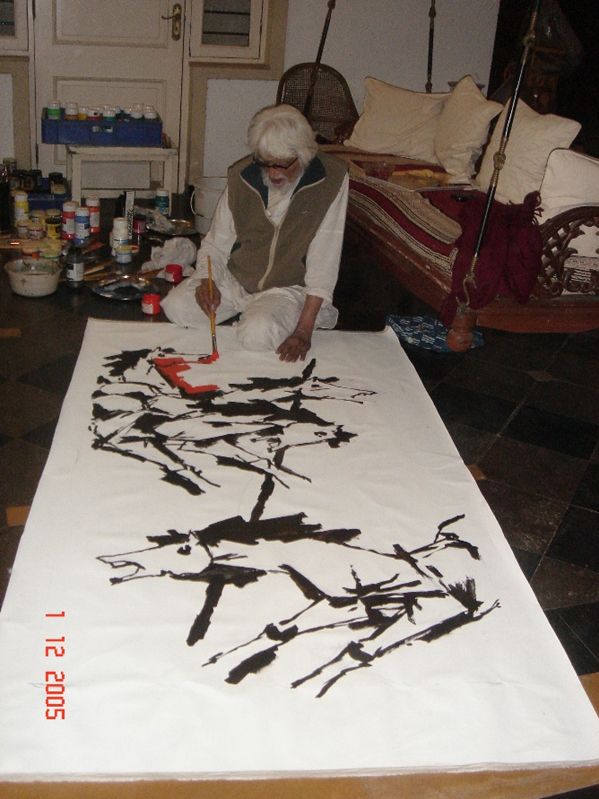 | 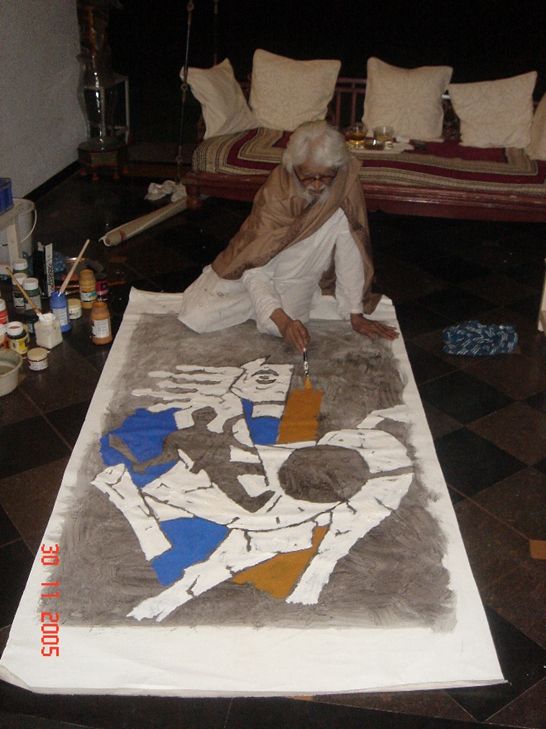 |
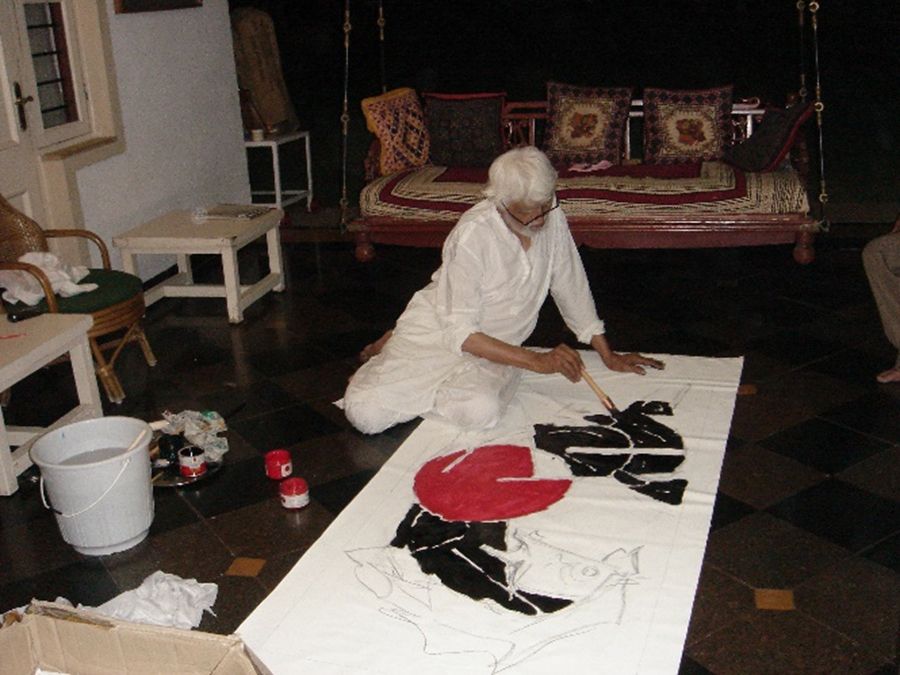 | 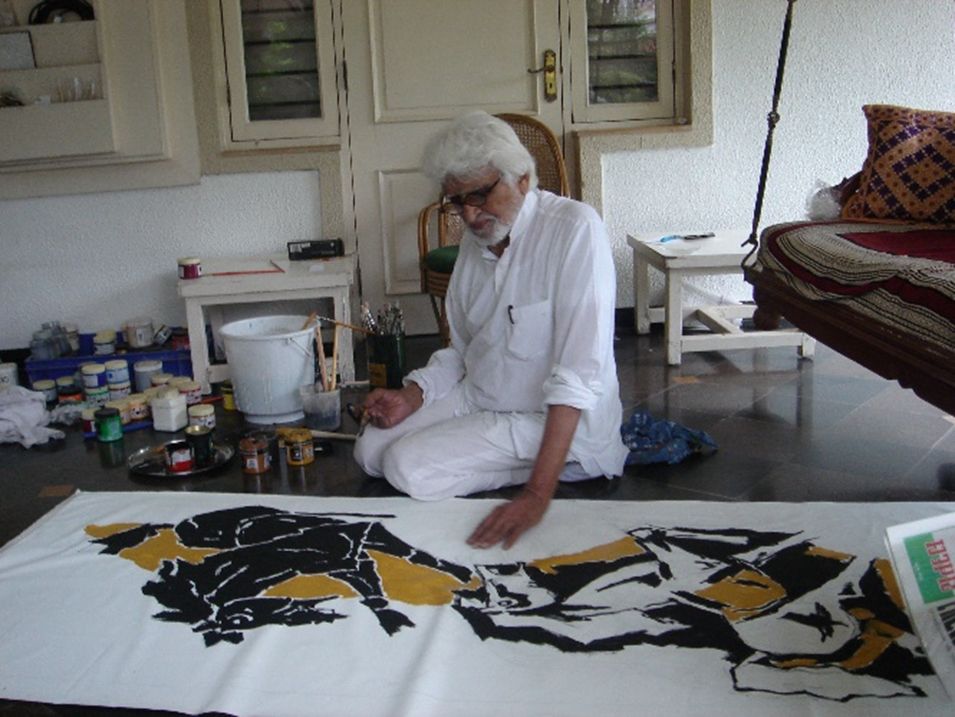 |

